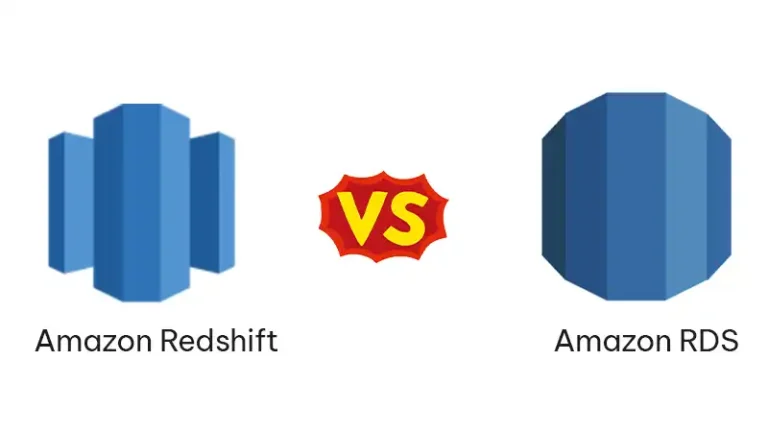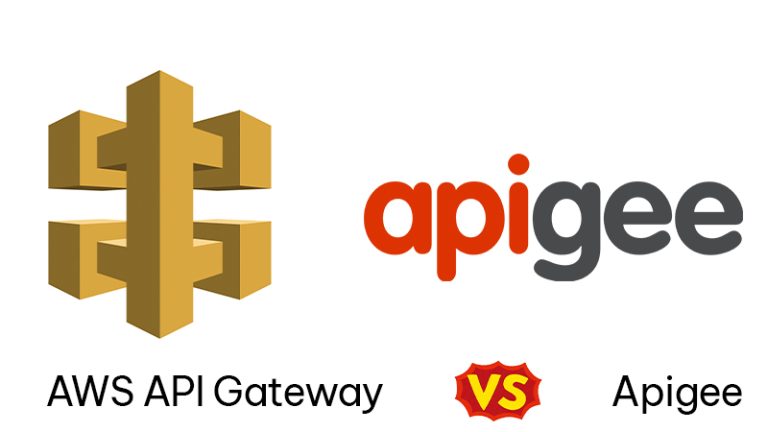Redshift vs RDS | Which Is Right for You?
As businesses continue to generate massive amounts of data, the need for efficient, scalable, and reliable database solutions has become more critical than ever. AWS offers a variety of database services tailored to different needs, among which Amazon Redshift and Amazon RDS are particularly prominent. Understanding the differences between these two services is crucial for…










